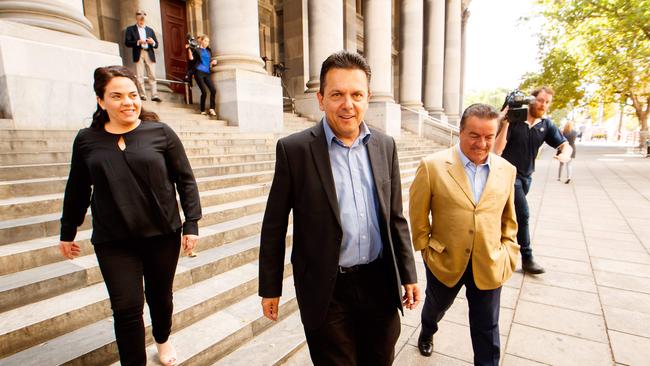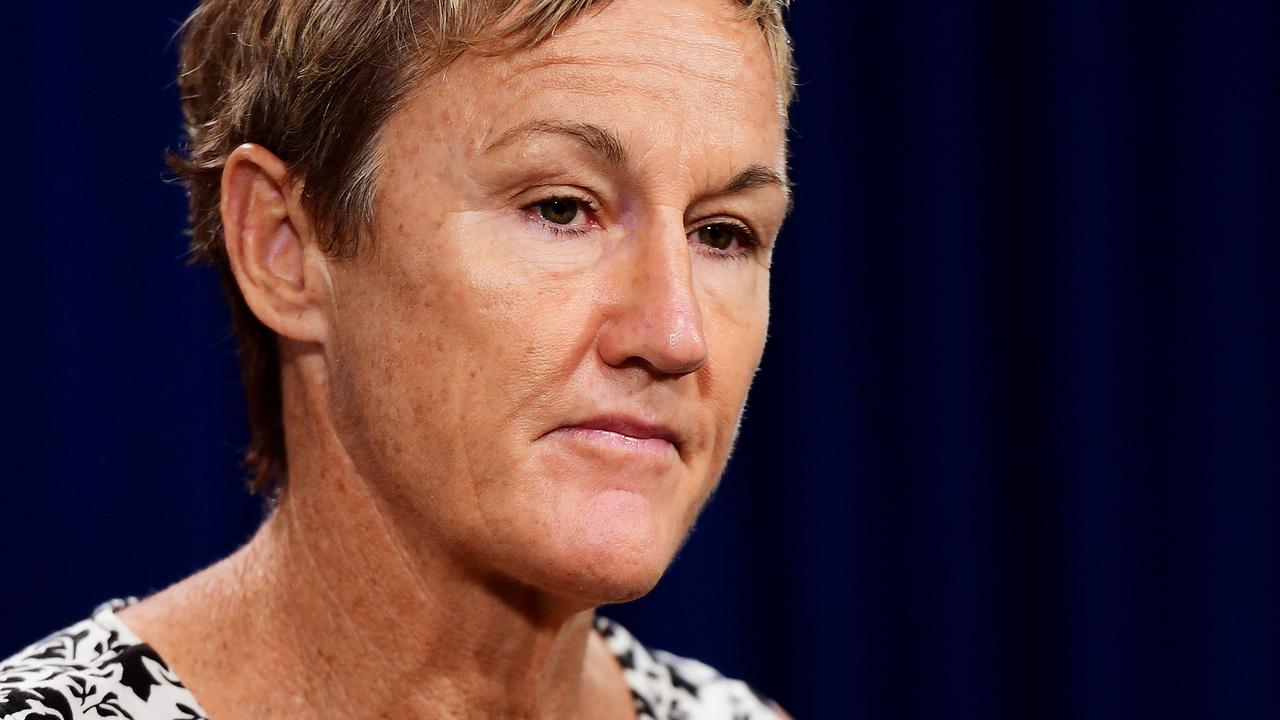South Australian election: Protest parties finding it harder in the big league
Voters are turning on the minor parties after the Greens lost their bid for Batman and Nick Xenophon’s standing was hobbled.

Voters are turning on the minor parties after the Greens lost their push to claim the federal seat of Batman and Nick Xenophon’s political standing was hobbled after failing to win a single electorate in the South Australian state poll.
John Wanna, professor of politics at the Australian National University and Griffith University, said the results from the weekend’s two election contests showed it was very hard for minor parties to break into the mainstream of Australian politics.
He said Australia’s electoral system meant the two major parties operated like a “cartel” to preference protest groups out of contention, noting that smaller parties tended to have a two-decade shelf-life.
Professor Wanna also said protest parties lacked the ability to give their candidates the kind of political “apprenticeships” available to young people rising up through the ranks in the Liberal and Labor parties.
“It’s really difficult for them to get into the mainstream arenas of politics. They can be on the fringes,” he told The Australian. “All the minor parties have tended to last for about 20 years. The DLP lasted about 25 years, the Democrats lasted about 20 years.”
Liberal Democratic senator David Leyonhjelm told The Australian he believed the poor performance of Mr Xenophon’s SA-Best party in the state election showed there had been a correction in terms of the size of the “protest vote”.
“The polls were suggesting that Xenophon’s party would get 20 to 30 per cent of the vote,” Senator Leyonhjelm said. “That’s well over the protest-vote level and I think what we’ve seen is a return of the protest vote to protest-vote size.
“(Xenophon) stopped being a protest vote and people started to take him seriously ... And at least some of them didn’t like what they saw.”
Senator Leyonhjelm noted that the Greens had “plateaued or declined everywhere in the last few elections” and warned that Cory Bernardi’s Australian Conservatives movement had also “failed to connect”.
Professor Wanna said the Greens had picked up an enormous amount of the primary vote in the Batman by-election at nearly 40 per cent, but warned that the result would not be replicated across other federal seats.
He also noted the Greens had performed poorly in the Tasmanian state election, reducing their numbers in parliament from three to two seats, and had copped a drop in primary support to 10.3 per cent from more than 13 per cent.
At the 2016 double-dissolution election, the Greens lost one seat in the Senate and their numbers were reduced to nine. Labor figures yesterday argued the Greens’ image had been tarnished by a spate of internal bickering in the lead-up to Saturday’s by-election.
Labor frontbencher Anthony Albanese, who holds the inner-Sydney seat of Grayndler where there is a sizeable Greens vote, told The Australian “people have noticed the Greens spend all their time attacking progressive Labor candidates and ignoring the fact we have a right-wing Liberal government”.
“The Greens ... overreached in attempting to denigrate (Labor’s) Ged (Kearney) and their campaign was undermined by internal division,” Mr Albanese said.
The trend against the minor parties was replicated at the Queensland election, with One Nation receiving only 13.73 per cent of the primary vote.



